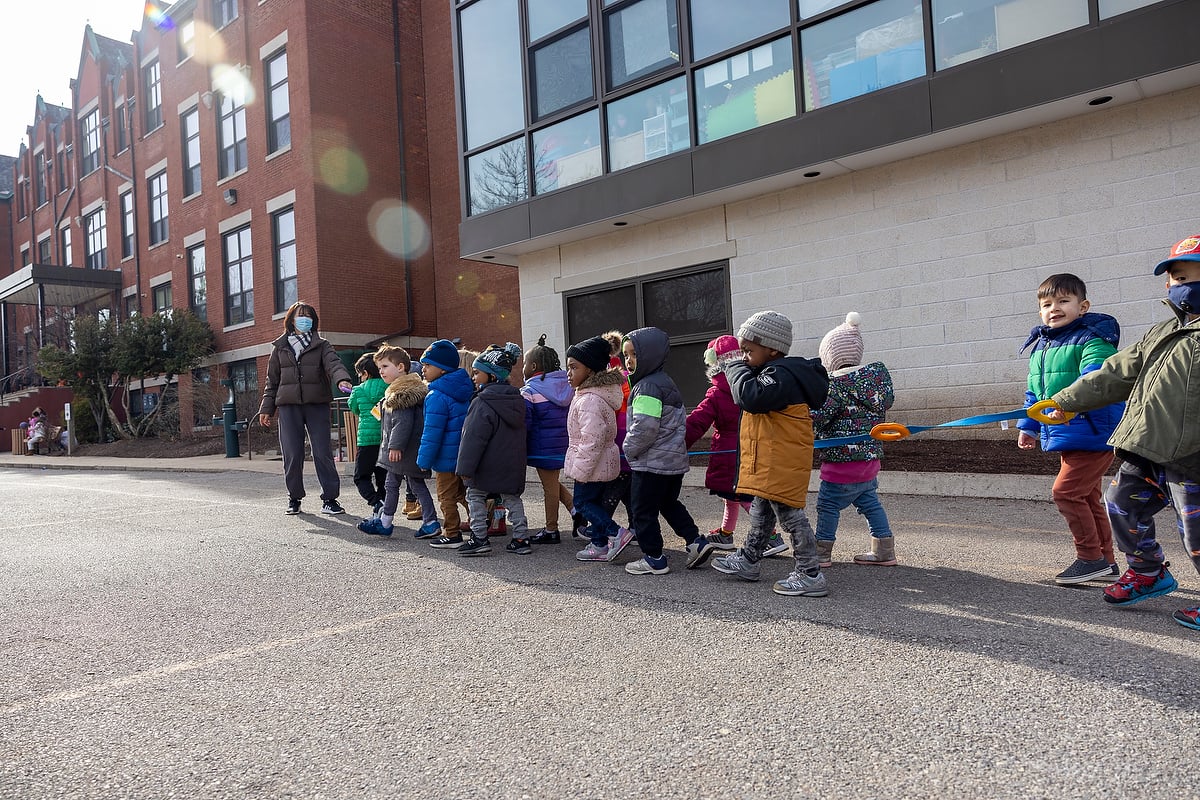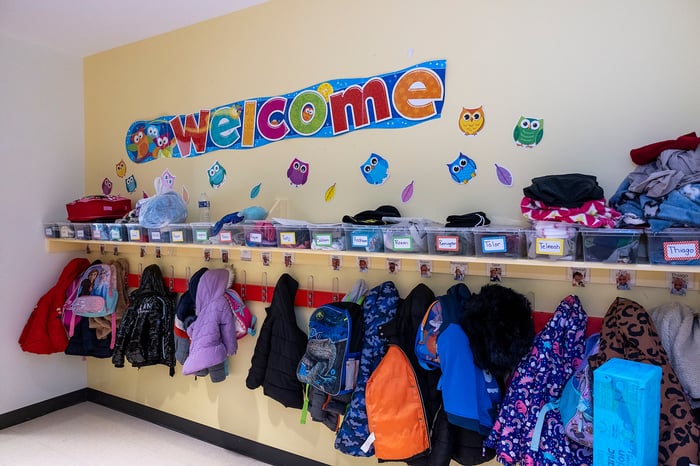Decoding the Difference: What Administrators Need to Know about MTSS vs. Special Education
Administrators • 4 min read • Jun 17, 2024 2:52:12 PM • Written by: Sarah Sandelius

School administrators play a crucial role in ensuring all students receive the support they need. Two key systems of support - Multi-Tiered Systems of Support (MTSS) and Special Education - often get confused or conflated. However, when understood, these two frameworks can work together as powerful tools to create a comprehensive, effective support system to meet the diverse needs of your students.
In our intensive work with partner school districts, ABC has identified common challenges administrators face when implementing these frameworks. We’ve distilled these lessons below, offering a simple tool to empower you to create a robust, multi-tiered, inclusive student support system.

Multi-Tiered Systems of Support (MTSS): A Proactive Framework
MTSS is a school-wide approach to supporting all students. The approach includes a comprehensive, structured intervention strategy aimed at early identification and increasing levels of support for students with academic, behavioral, and social-emotional needs. It's designed to provide preventive services before challenges become more severe and is characterized by several key components:
- Universal Screening: Three or more screenings per year to monitor all students' progress and pinpoint those in need of further intervention.
- Tiered Intervention: Several levels of interventions:
- Tier 1: High-quality, core instructional interventions used with all students.
- Tier 2: More targeted interventions for students who are at risk.
- Tier 3: Intensive interventions for students with significant difficulties.
- Data-Driven Decision Making: Utilizing data from assessments to tailor and adjust interventions according to student response.
- Collaborative Problem-Solving: Teams of educators and specialists come together to find effective strategies to meet the needs of all students.

Special Education: Individualized Support Under IDEA
Special Education is specially designed instruction and services to meet the unique needs of students with disabilities, as mandated by the Individuals with Disabilities Education Act (IDEA). This framework includes:
- Individualized Education Program (IEP): A legal document developed for each student that outlines specific, personalized goals based on the student’s unique needs.
- Specialized Instructional Strategies: Instruction tailored to meet the needs outlined in a student’s IEP, which may include accommodations and modifications.
- Assessment and Evaluation: Thorough evaluations by a multidisciplinary team to identify students’ educational needs and the effectiveness of their IEPs.
- Service Coordination: Collaboration among special education teachers, general educators, and other service providers to deliver comprehensive support.
MTSS vs. Special Education
This side-by-side comparison highlights how MTSS is a preventative, multi-level framework for supporting all students, while special education provides specialized services and legal protections for students with identified disabilities per IDEA guidelines. Click on the image to download a copy of this one-pager.  to While both are systems for supporting students who require something different from the one-size-fits-all approach in the classroom, MTSS is considered a general education support while special education is designed to address the specific learning needs as a result of a child’s disability. The key differentiating factor between these two systems is whether the student requires specially designed instruction to access grade-level content and/or make progress toward the goals in the IEP due to adverse effects on learning created by that student’s disability.
to While both are systems for supporting students who require something different from the one-size-fits-all approach in the classroom, MTSS is considered a general education support while special education is designed to address the specific learning needs as a result of a child’s disability. The key differentiating factor between these two systems is whether the student requires specially designed instruction to access grade-level content and/or make progress toward the goals in the IEP due to adverse effects on learning created by that student’s disability.
By understanding and leveraging the unique strengths of MTSS and Special Education, administrators can create a cohesive, effective support system that meets the diverse needs of all students.
Integrating MTSS and Special Education for Seamless Student Support
The key to the successful integration of MTSS and SPED lies in understanding how these systems complement each other and ensuring they are not siloed. For instance, data and findings from MTSS interventions can inform and trigger the special education evaluation process, potentially leading to the development of an IEP if a disability is identified.
Best Practices for Effective Integration:
- Seamless Coordination: Ensure that students moving between MTSS and Special Education receive consistent and uninterrupted support.
- Professional Development: Continuous training for all staff on the nuances of both MTSS and SPED and how they interact enhances program effectiveness.
- Regular Communication: Maintain open lines of communication between all parties involved in both MTSS and SPED to foster a unified approach to student support.
- Comprehensive Data Utilization: Integrating data from both frameworks to provide a holistic view of student progress and areas needing attention helps in making informed decisions.
 Conclusion
Conclusion
For school administrators, the effective management of MTSS and Special Education is more than compliance—it’s about forging pathways to success for every student. By fostering a deeper understanding of these frameworks, encouraging collaboration among educators, and making informed, data-driven decisions, schools can create nurturing environments that address the needs of all learners, particularly those facing the most significant challenges.
Emphasizing these practices not only supports individual student growth but also strengthens the overall educational system, ensuring that all students have the tools they need to succeed academically and socially.
WORK WITH US
At ABC, our mission is to make effective, research-based practices accessible to all educators. We believe that by sharing our knowledge and tools, we can help schools nationwide create nurturing, inclusive environments that foster success for every student.Sarah Sandelius
Our Latest
Related Articles

December 14, 2023 | Administrators
Five Quick Tips To Keep Diverse Learners Engaged After Breaks
Discover effective strategies for engaging diverse learners after breaks! Explore inclusive teaching...

August 13, 2024 | Administrators
An Administrator's Essential Guide for Establishing a Culture of Inclusion
Learn how school leaders can foster inclusive education from day one. Practical strategies for admin...

September 4, 2024 | Administrators
Strategic Staffing in Special Education: Choosing the Right Model for Success
Discover three innovative special education staffing models to address teacher shortages and create ...
